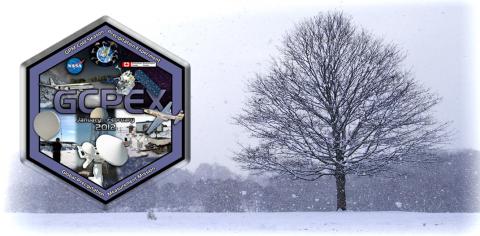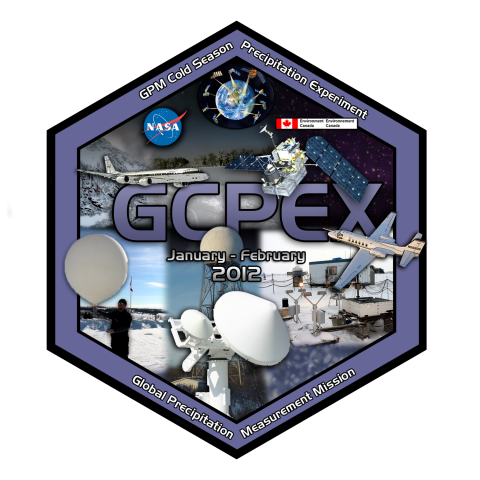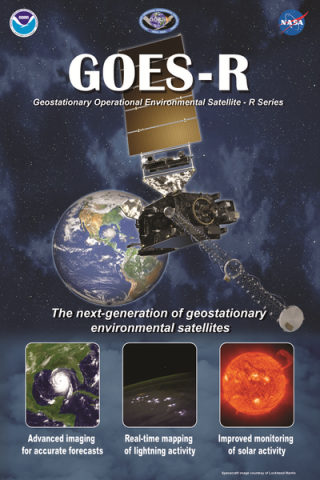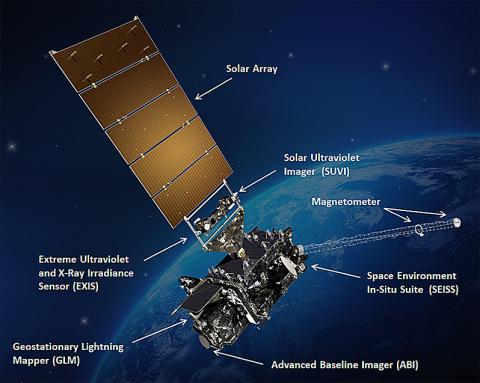
The LIS/OTD Climatology collection of ten datasets have been updated to contains data through end of year 2012. This set of data includes the High Resolution Annual Climatology (HRAC), Full Climatology (HRFC), Monthly Climatology (HRMC); and Low Resolution Diurnal Climatology (LRDC), Annual Climatology (LRAC), Annual Diurnal Climatology(LRADC), Full Climatology (LRFC), and Low Resolution Time Series (LRTS), Low Resolution Annual Time Series, and Low Resolution Monthly (LRMTS) Time Series.











